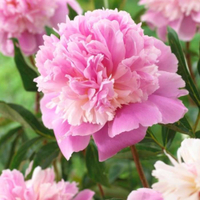How to grow your very own picture-perfect peonies in pots
Peonies have taken over our social media feeds – and, yes, you can grow your own at home in pots...
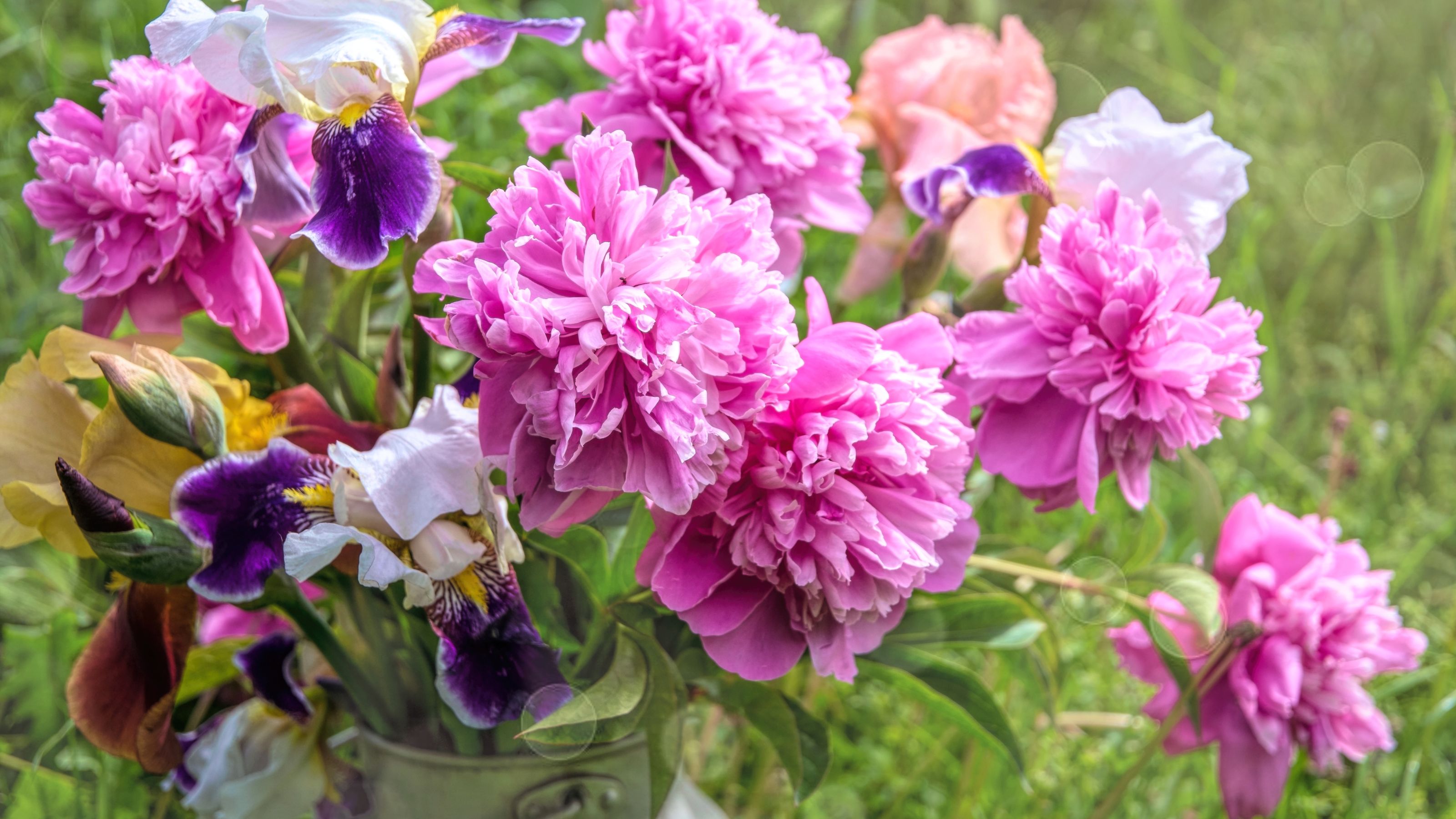

They’re one of the most fashionable flowers around, but there’s no getting away from the fact that buying fresh peonies every week is expensive. So, what’s the solution? Easy: stop outsourcing, and start sussing how to grow peonies in pots – or, if you’re feeling really clever, how to propagate peonies from cuttings.
Now, while peonies are easily Britain’s most popular summer flower (there are 4.4 million posts tagged #peony on Instagram, and 3.3 million with the hashtag #peonies), these gorgeous blooms can be tricky to grow in pots and containers, which means they aren't exactly on our list of easy garden ideas.
Still, the romantic blooms of a peony are a brilliant way to enhance your space – especially as they are one of the most timeless garden trends out there – so it's definitely worth making the extra effort.
Paeonia lactiflora 'Sorbet' | Peony | £25.99 at Primrose
There's more to choosing a peony than its beauty alone (although this one truly is gorgeous): be sure to select either a Patio or Intersectional variety, as these are the peonies best suited to life in a pot or container.
Keen, then, for your own steady supply of fresh peonies?
We spoke to a handful of gardening experts, and combined their know-how with our own expertise at Ideal Home, to bring you a foolproof guide on how to grow peonies in pots and containers – and how to propagate peonies from cuttings, too.
Don't say we never treat you to anything...
How to grow peonies in pots and containers
If you don't have space in your flower beds, want to improve your balcony garden, are hoping to add to your list of small patio ideas, or simply want a steady supply of fresh peonies for your windowsill, peonies can be grown in pots and containers – and they can be propagated from cuttings, too.
Here’s what you need to know.
What you will need
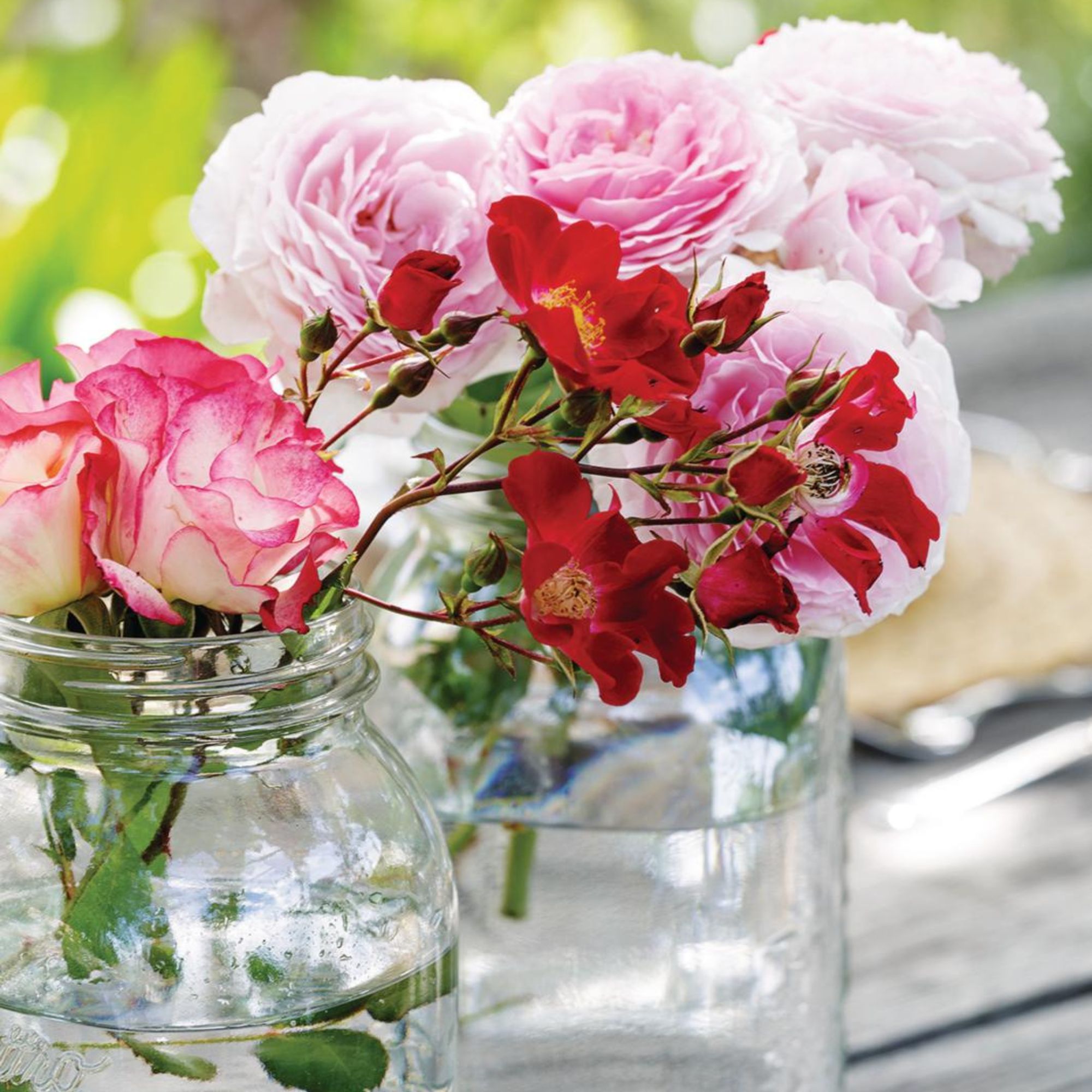
- A peony plant – look for Patio and Intersectional varieties, like this Paeonia lactiflora 'Sorbet' from Primrose, as these do best in pots and containers
- A deep pot or container, such as this extra-large barrel tub from Wayfair
- A bag of good peat-free potting compost, such as Miracle-Gro Peat Free Premium All Purpose Compost (With Plant Food) from Amazon UK
- A trowel
- A good-quality mulch
- A general-purpose fertiliser, such as Growmore
- A dibber, like this Burgon & Ball National Trust Wood Dibber from Amazon
Plant your peony in a large pot or container
Peonies are deep-rooted plants, not to mention vigorous growers, so tend to be more challenging when you plant them in pots as opposed to the ground.
Still, if you make sure you're giving them enough room to grow, it is doable – just be sure to pick the largest pot you can.
'You are ideally looking for a large container that is at least 50cm deep and 50cm wide,' says Christopher O'Donoghue, one of the co-directors at Gardens Revived.
'This should give your peony the space it needs to grow and thrive.'

A gardener with over a decade of experience under his belt, Christopher set up Gardens Revived with his brother, Andrew, in 2018 to create a thriving family business. Together, they have worked on residential gardens, listed buildings and gardens, flower shows and large estates with some exceeding 70 acres – many with historical significance.
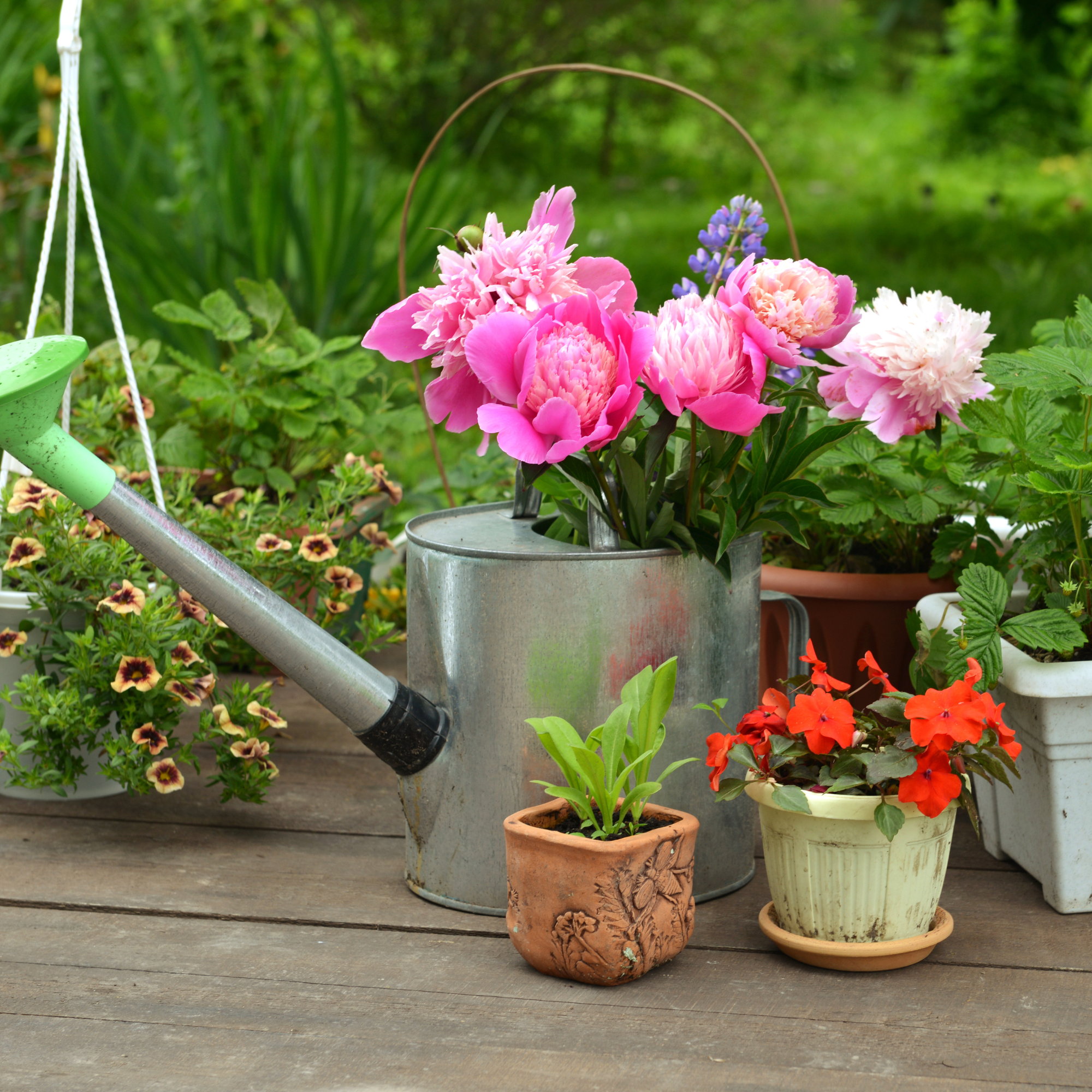
Make sure there is plenty of drainage
Peony tubers can rot in waterlogged conditions, so be sure to choose a pot with plenty of drainage holes.
It might even be worth adding a few extra drainage holes yourself, depending on what sort of container you've selected. Just be sure to keep them small, to prevent compost escaping.
Add a layer of compost
Peonies can grow in any type of soil, even clay, but they definitely love life best when they are planted in a good peat-free compost.
Be sure to also apply a general-purpose fertiliser, such as Growmore, and apply a layer of mulch after planting, too. This will help to conserve moisture.
2.5cm is the magic number when it comes to planting
The Royal Horticultural Society advises that you cover your peony bulbs with no more than 2.5cm of soil: taking things any deeper may prevent flowering later on (and, let's face it, a peony is only worth the sum of its fluffy petals).
On a similar note, don't fill your pot to the brim with soil and mulch, either: again, you need to keep at least a 2.5cm space for watering purposes.
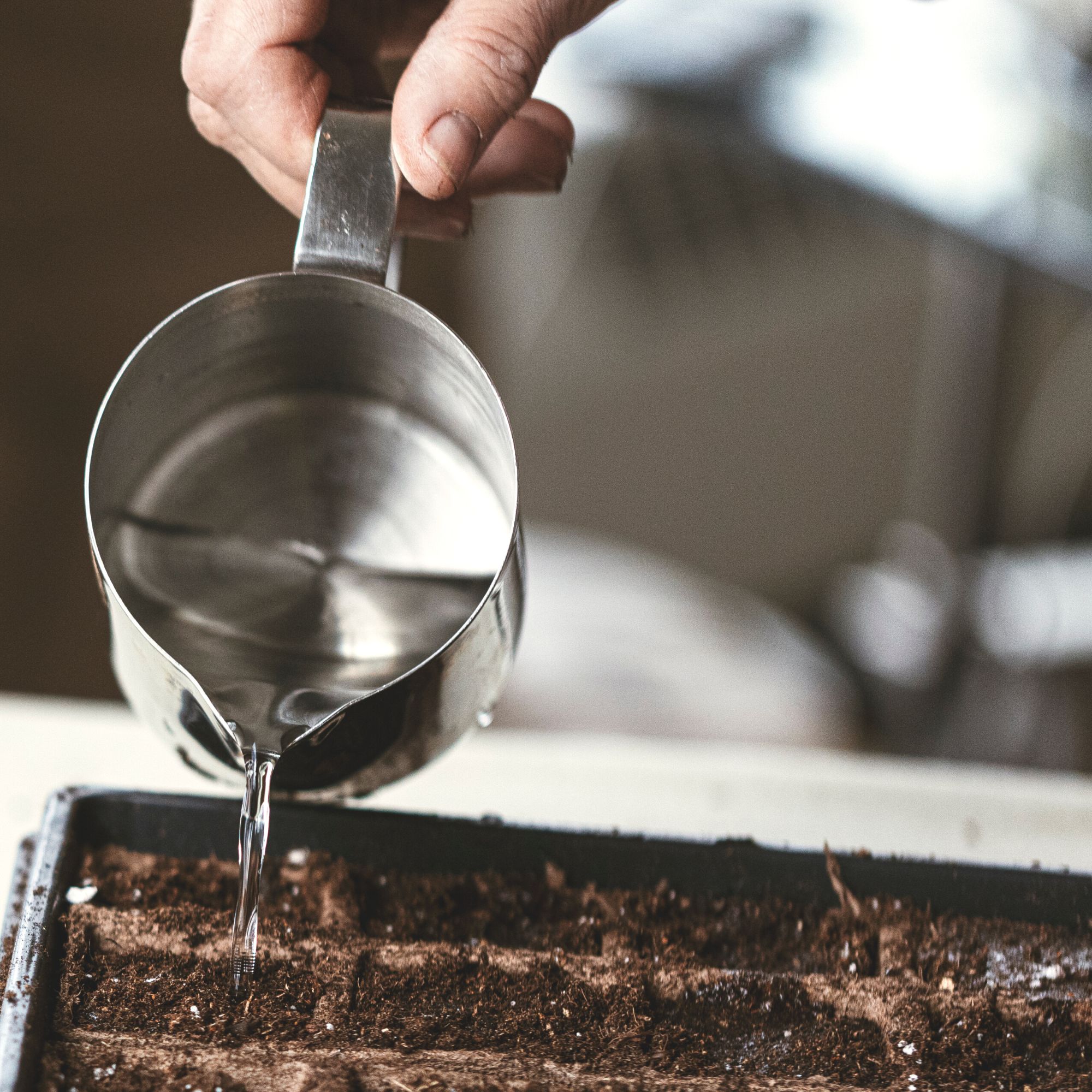
Water your peonies regularly
Your peonies will be incredibly thirsty when first planted, so be sure to give them a good drink.
'You will need to keep the soil evenly moist throughout the growing season,' says Christopher. 'And make sure to water regularly during dry spells, too.'
He cautions: 'Don't overwater your peony, though, because these perennial plants are not fond of a boggy environment.'
Position your peonies wisely
Peonies are hardy plants, but they aren't fond of strong winds – and they prefer to sit and bask in a warm and sunny spot, too.
Essentially, find your new peony pal a sheltered space in your garden, ideally in full sun or partial shade, too.
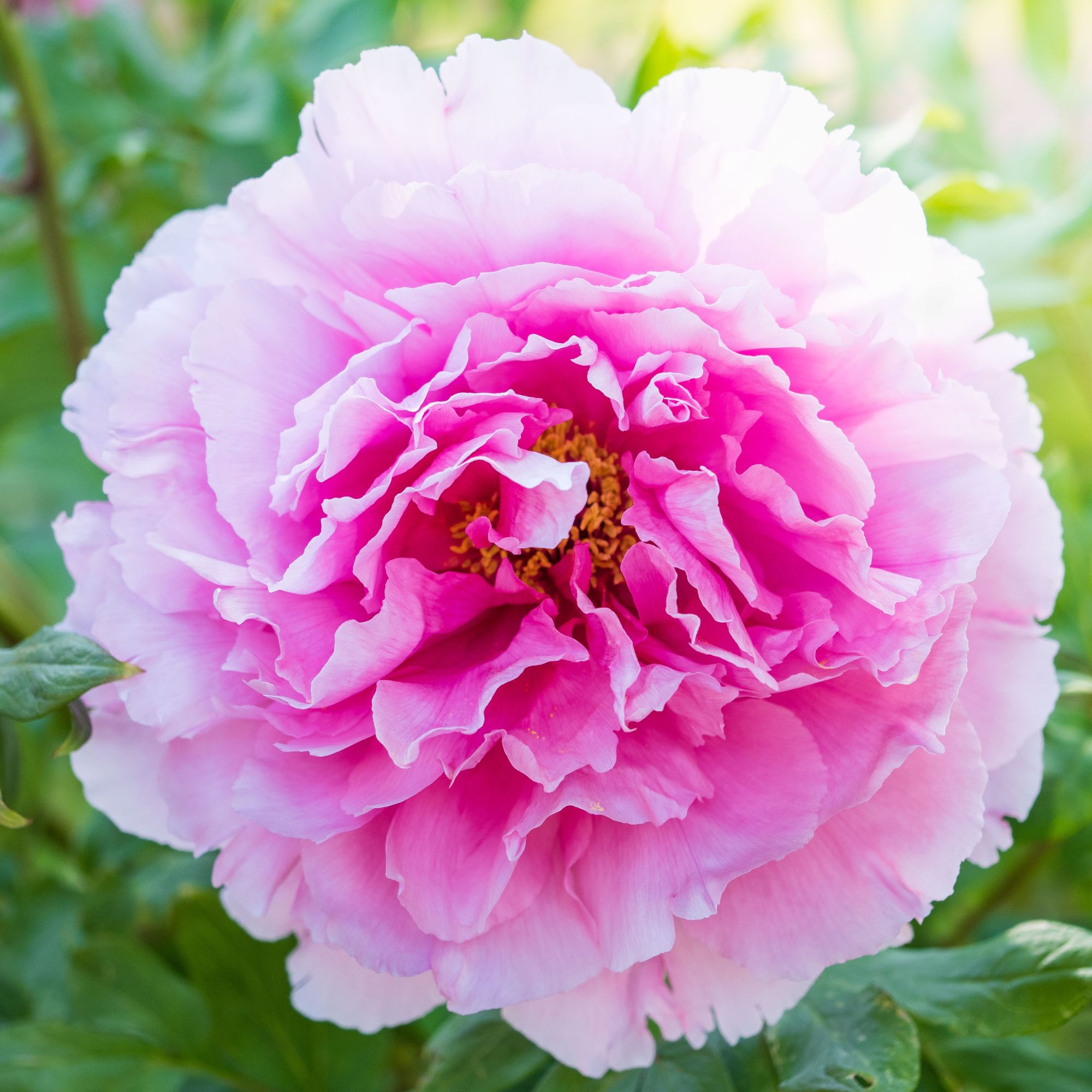
Offer extra support
Those peony flowers might be gorgeous, but they are also incredibly heavy.
With this in mind, you will likely need to use a plant support, such as stakes, to help prevent your peony plant from collapsing under its own weight.
Don't forget to deadhead
Most peonies are hybrids and often do not set viable seed, so feel free to deadhead them when they have finished blooming (although this writer suspects you will have cut yourself some flowers to display artfully on your windowsill long before this point).
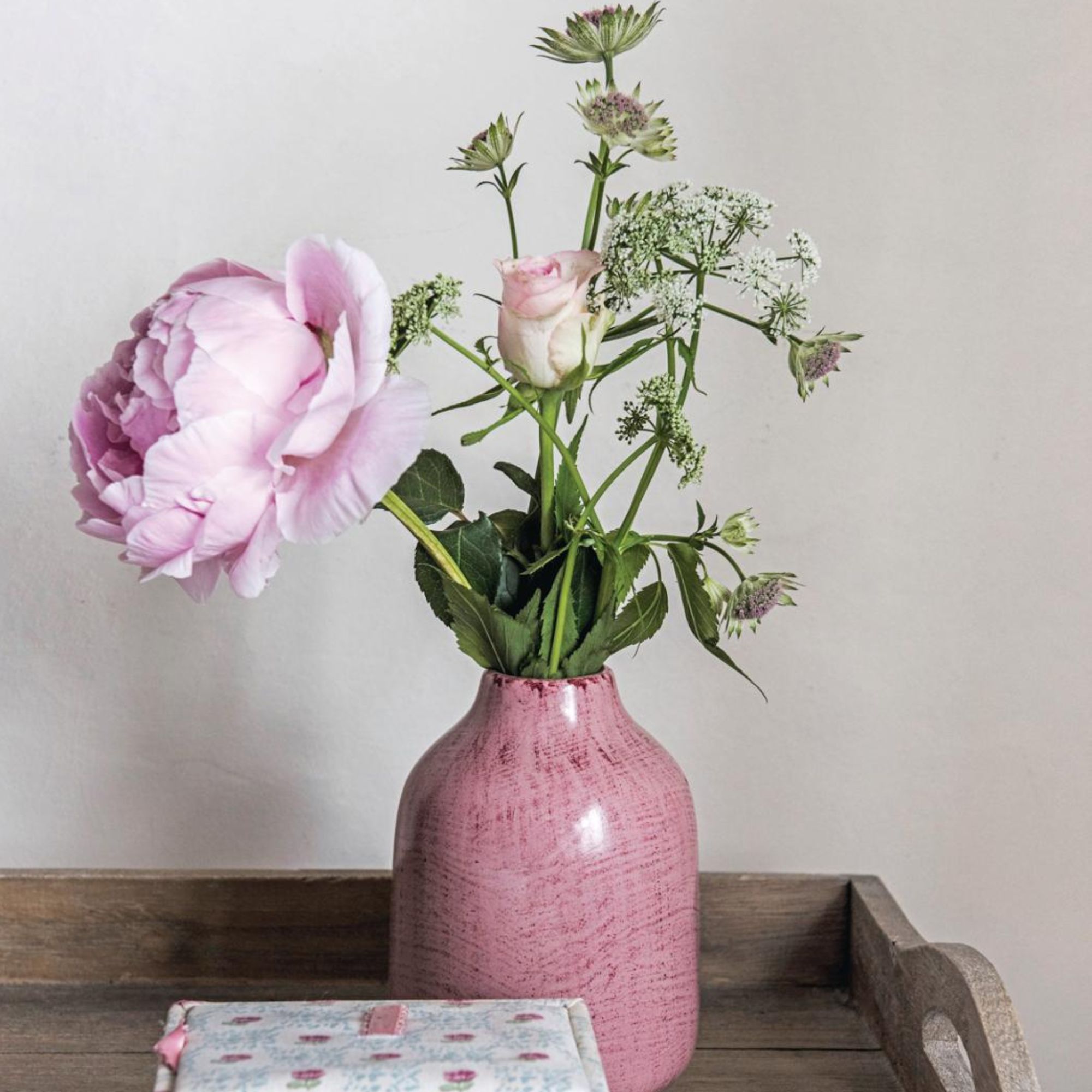
And be sure to cut things back each year
Peonies tend to die back in late autumn, with the plants remaining dormant until spring. This means that it it is best to cut the foliage at ground level, to help with regrowth and stop any diseases taking hold.
On that note, Christopher advises that you place your pots undercover when it comes to overwintering, and try to group them together, too. It can prevent your peony tubers from freezing and/or becoming waterlogged during the colder months.
How to grow peonies from seed
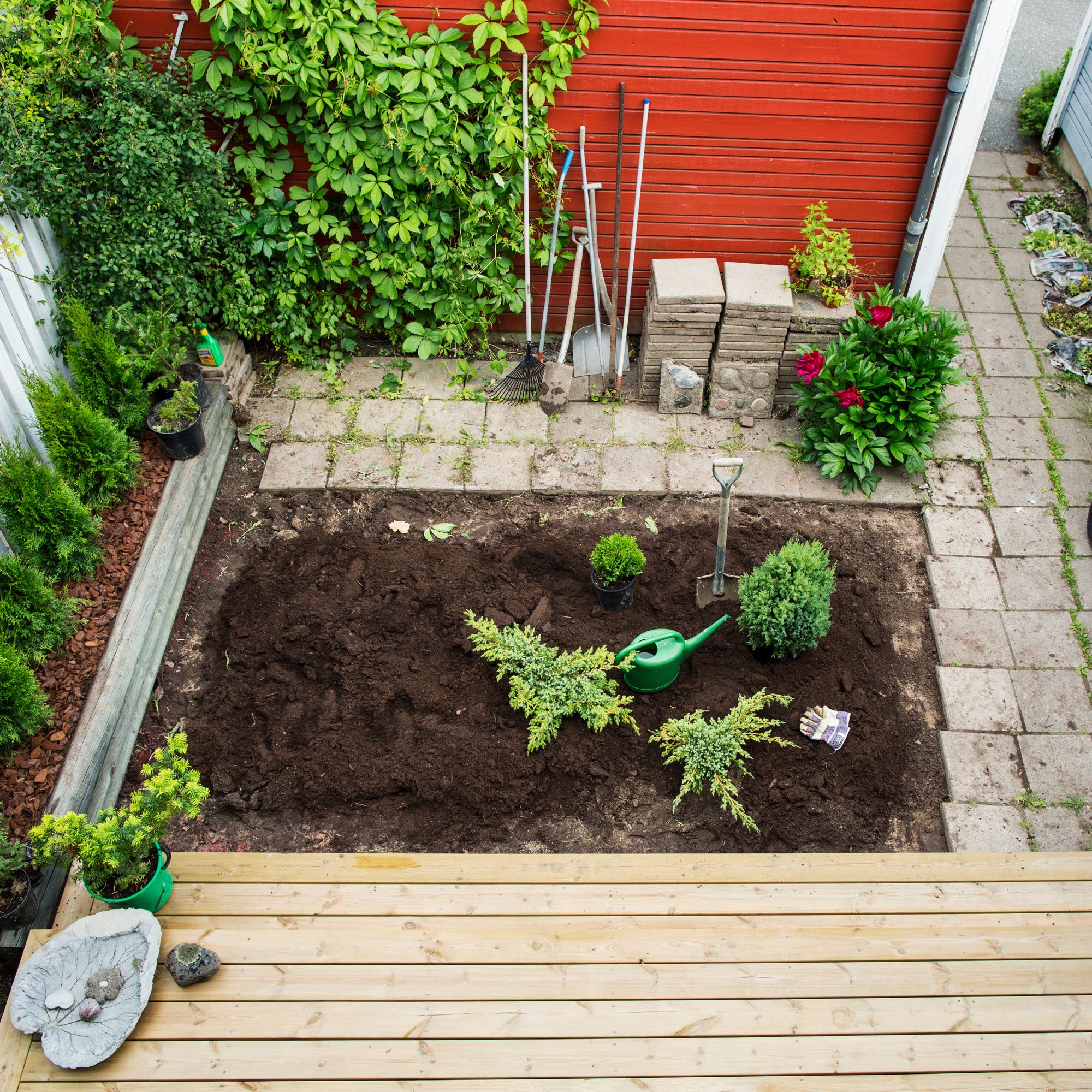
Sarah Ferguson, who runs Wild Butterfly Gardening, a garden design and maintenance business creating biodiverse and beautiful spaces across the UK, adores peonies.
'They are a beautiful flower with romantic open blooms, are great for cut flowers and have a wonderful scent,' she says.
Her tips for growing peonies from seed are as follows:
- Place the seeds in a damp zip lock bag of fine sand or vermiculite in a warm place inside. Don’t place too close to a radiator or they may dry out.
- After 4-12 weeks roots will start to develop. Once there is a visible root, the seed can be planted out into a pot.
- Sow the seeds in flower pots, root side down with peat free compost approximately 3cm apart. Cover with 1cm compost, then 1cm potting grit. Water.
- Move the pots outdoors and water whenever the surface of the compost is dry. Once seedlings have developed, keep watering and move into a new home: pot or open ground in Autumn or early Winter.
- For hard black Peony seeds follow the below step then as above: soak dry seeds in water for 3-4 days. The seeds should have swollen after this point. Discard any that haven’t or are soft.
How to propagate peonies from division
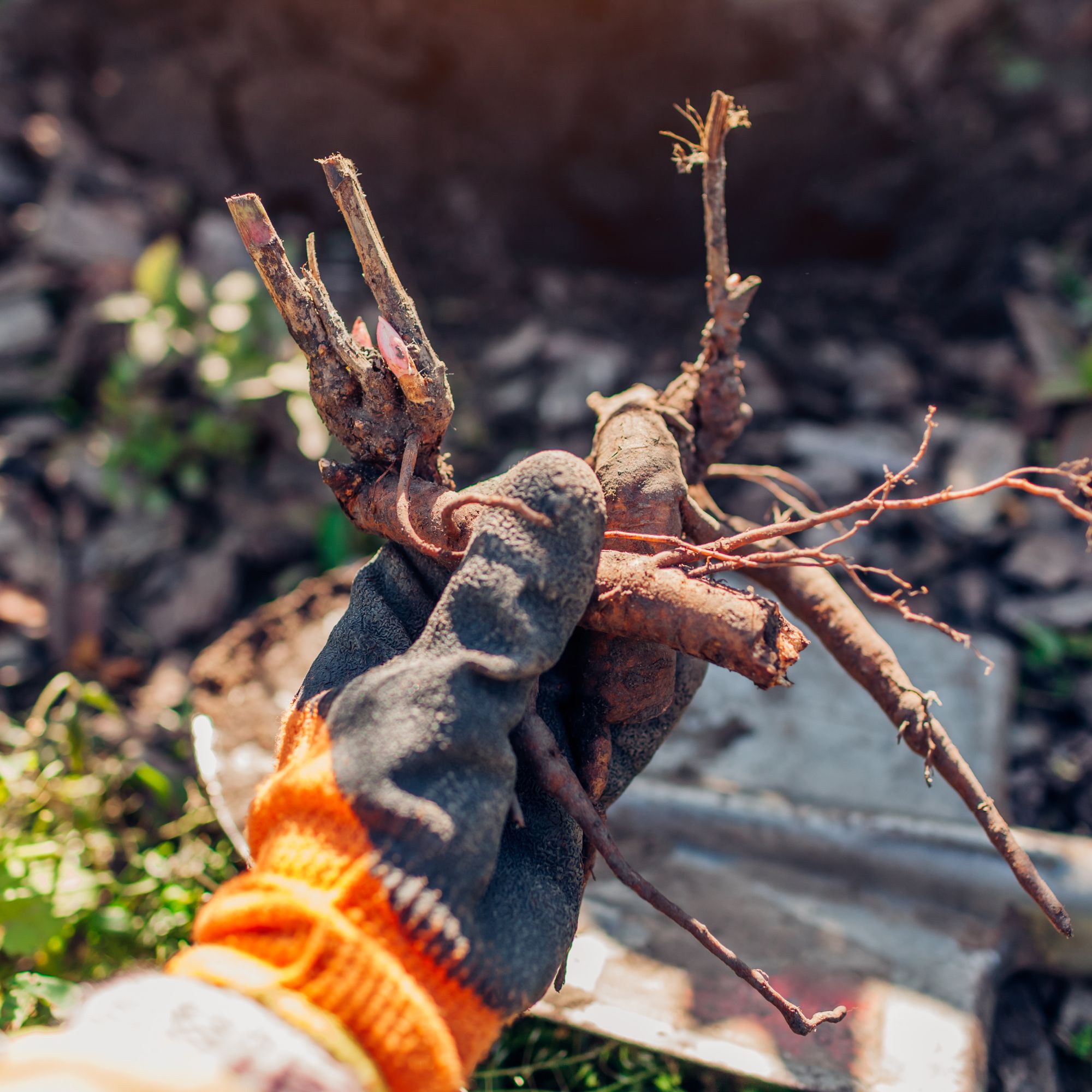
Peonies typically propagated through division, so if you are hoping to maximise your blooms, follow Sarah's tips below:
- In Autumn, cut back the foliage from the peony and lift the plant with a spade or fork.
- Gently remove soil from the roots and cut sections of the crown with at least three buds and a good volume of roots off with a knife.
- Plant out either into a pot or a new spot in the garden.
How to propagate peonies from cuttings
Peonies are typically propagated through division. That being said, it is possible to propagate these gorgeous plants from stem cuttings – although Christopher warns that the process will likely have a varied success rate.
Still, you've got to be in it to win it. With that in mind, then, here's our guide on how to propagate peonies from cuttings.
What you will need
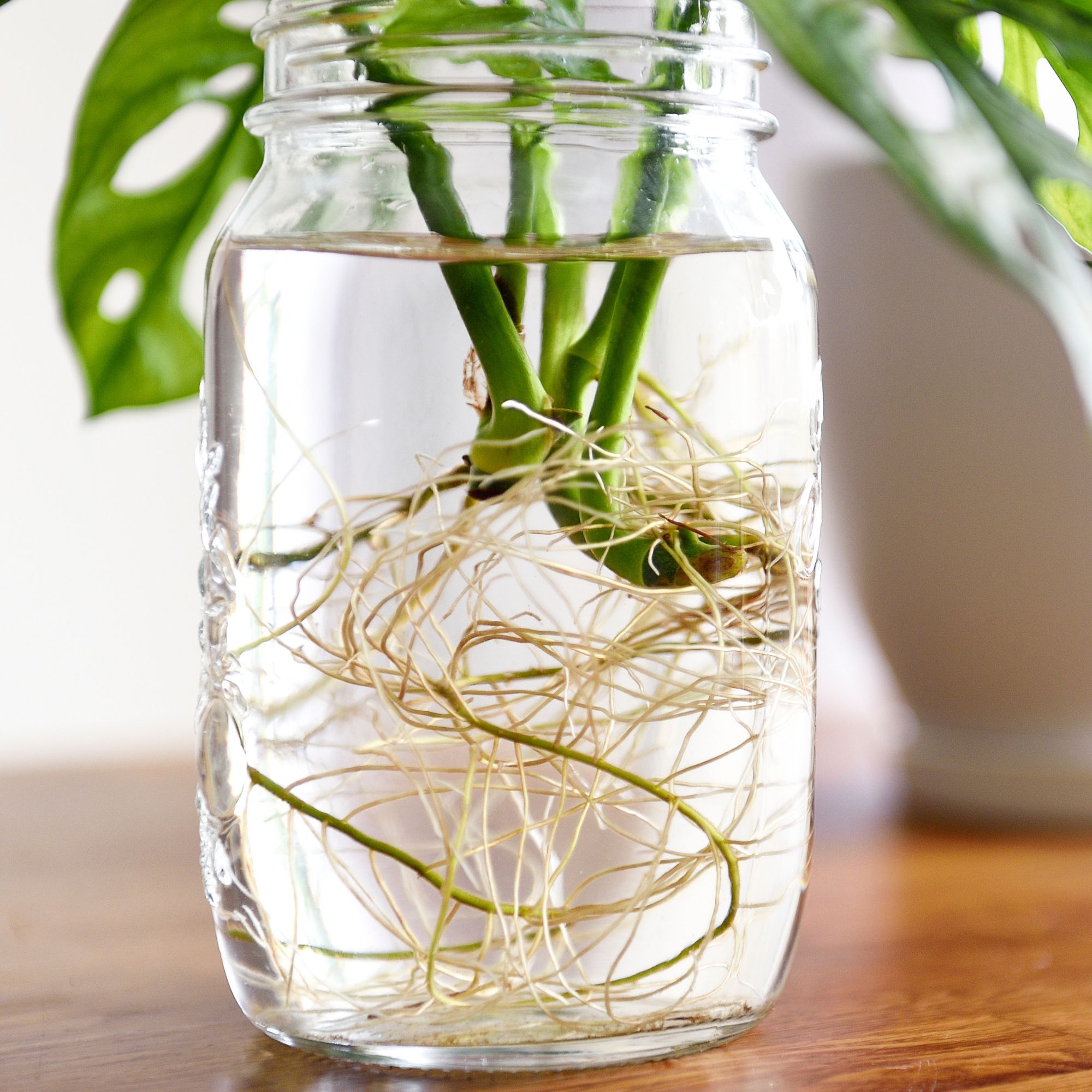
- A sharp budding knife
- A hormone rooting powder, like this one from Homebase
- A plant propagation station, like this one from Amazon
- A well-draining potting mix
Consider your timings
'The plant needs to be completely dormant, with no active growth,' says Christopher.
'Of course, every plant is different, but I'd usually recommend starting the process in late autumn or early winter.'
Fail to prepare, prepare to fail
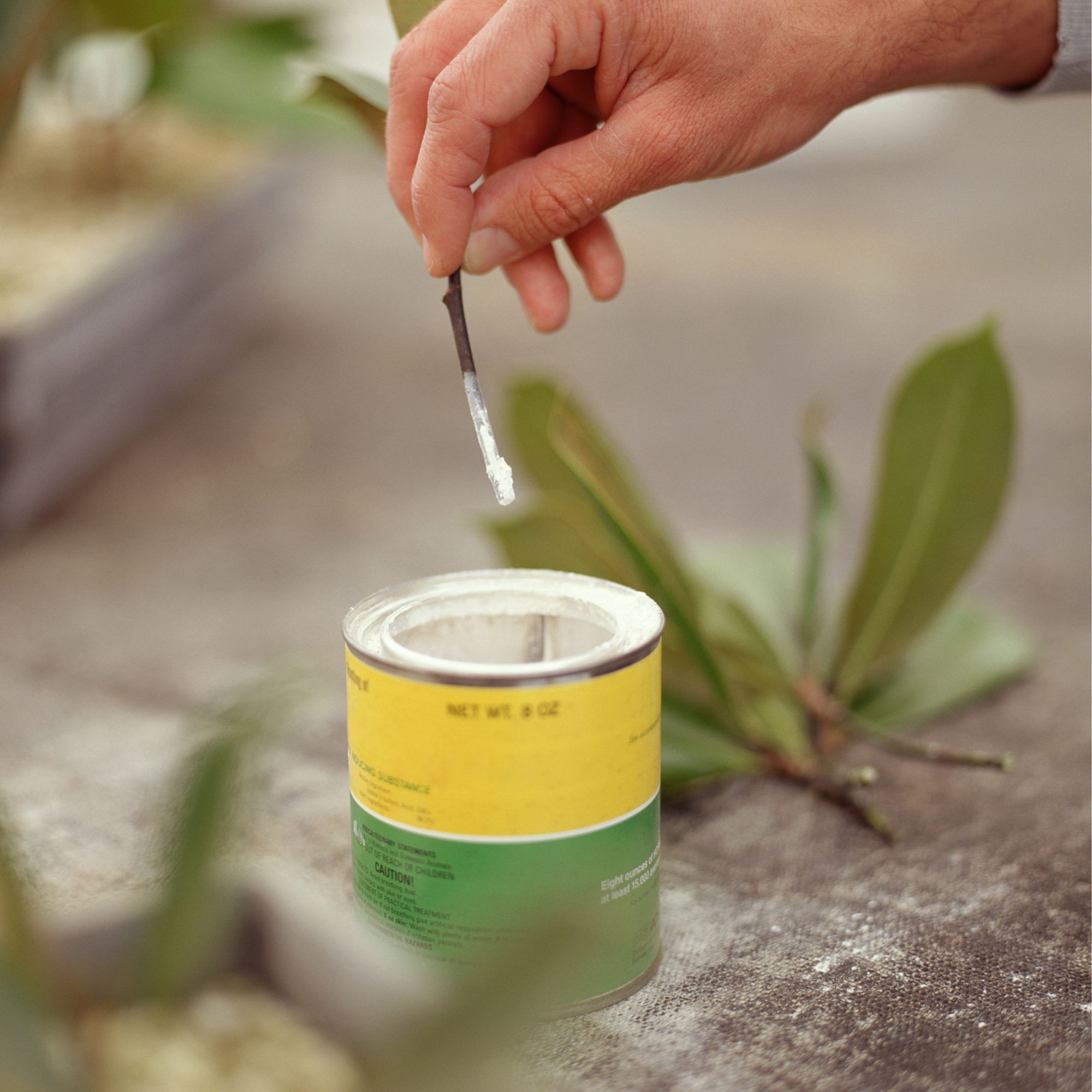
'You don't just need a healthy peony plant with strong stems,' says Christopher. 'You also need a clean, sharp budding knife or pruning shears, a well-draining potting mix, a few small pots or containers, or even a propagation station, if you want to transform your experiment into a display of its own.'
He adds: 'You don't have to use a rooting hormone, but many people do, as they believe it makes for more successful results.'
Think about where and how to cut
'There's more to propagation than cutting a nice flower and hoping for the best,' says Chris. 'Look for pencil-thick stems on your peony, about 6-8 inches long with several leaf nodes (these are the areas where leaves emerge from) along their length.'
He adds: 'Cut the stem diagonally at a 45-degree angle, and always do so just below a node. Make sure you're using a clean and sharp blade.'
Prepare the specimen
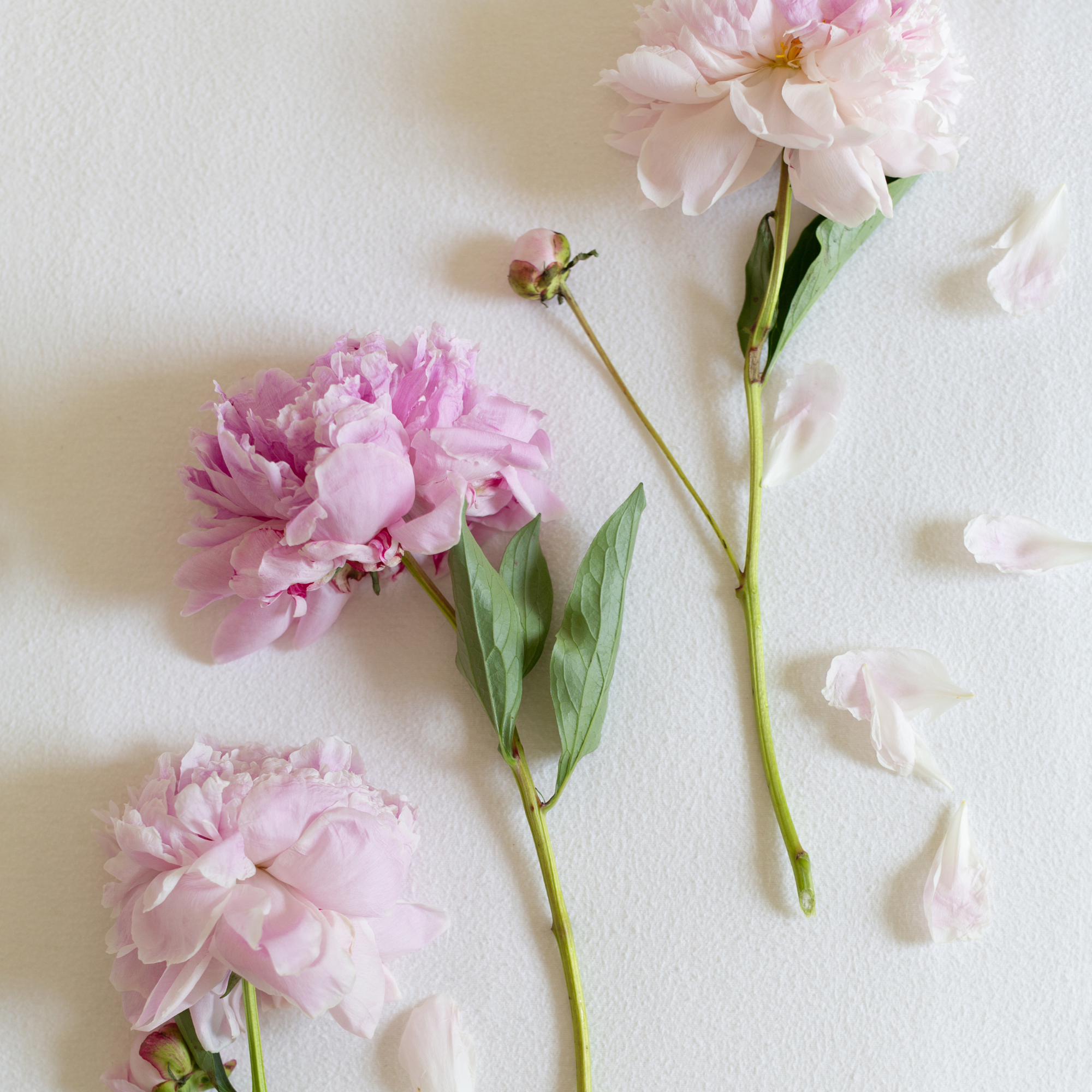
'Be sure to remove any flowers or buds from the stem as these can steal valuable energy away from the root development process,' says Christopher. 'And strip back all the leaves, too, bar the top two or three.'
'If you're using it, dip the cut end of the stem into your rooting hormone powder. This will help to stimulate new root growth.'
Plant your specimen
'Plant your peony cuttings in a container filled with well-draining soil mix, burying at least two leaf nodes in the process,' says Christopher. 'You could use a dibber, but it's just as easy to use your finger or a pencil.'
Show your speciments some TLC
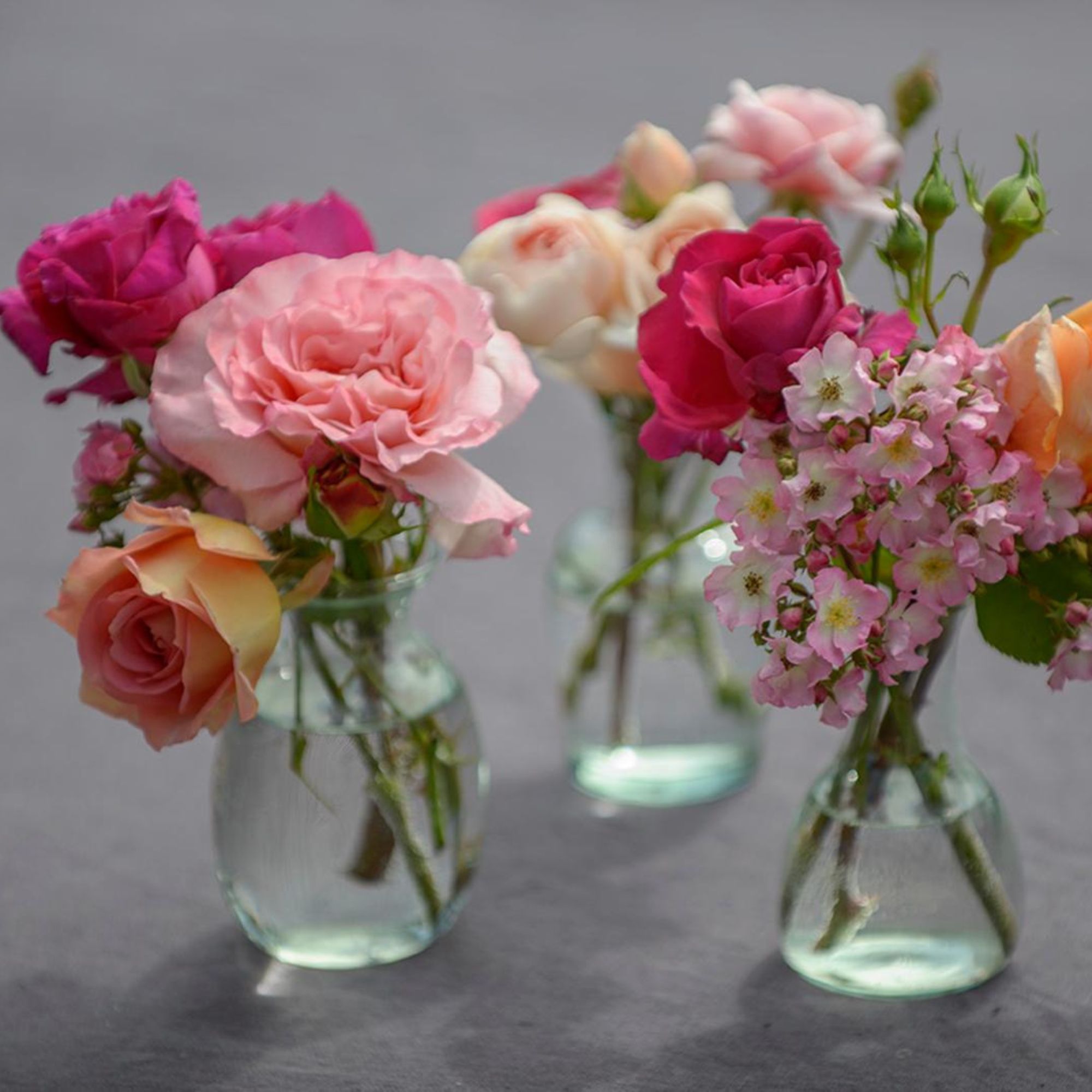
Christopher says you will need to water your peony cuttings, before placing them in a sheltered location out of direct sunlight (it could scorch your new plant babies).
'You want things to be warm and humid, so keep things consistently moist but not waterlogged,' he explains. 'You can even cover them over with a plastic bag, or use a mini greenhouse, to really help your peonies thrive.'
'Make sure your cuttings don't dry out, and be quick to remove any mouldy or decaying specimens, to prevent the spread of disease.'
Begin the transplant process
Once the cuttings have sprouted a good root system, and you have signs of new leaf growth, you can transplant them into individual pots or a prepared garden bed.
'Don't just throw them to the elements, though,' cautions Chris. 'You need to gradually acclimatise them to their new home in the great outdoors.'
Do peonies grow well in pots?
Peonies are deep-rooted plants, so tend to grow best in the ground. That being said, it is possible for them to grow and thrive in containers – you just need to make sure that you give them plenty of space to do so. Look for the deepest pot you can find (aim for 50cm by 50cm) and space your peonies accordingly.
How big do peonies grow in pots?
Peonies are vigorous growers, so are unlikely to be slowed down by the confines of a pot: your may grow to be 1 metre tall, in the right conditions. However, you will likely need to re-pot your peony regularly, to ensure that its deep root system has the room it needs to establish itself.
Get the Ideal Home Newsletter
Sign up to our newsletter for style and decor inspiration, house makeovers, project advice and more.

Kayleigh Dray became Ideal Home’s Acting Content Editor in the spring of 2023, and is very excited to get to work. She joins the team after a decade-long career working as a journalist and editor across a number of leading lifestyle brands, both in-house and as a freelancer.
-
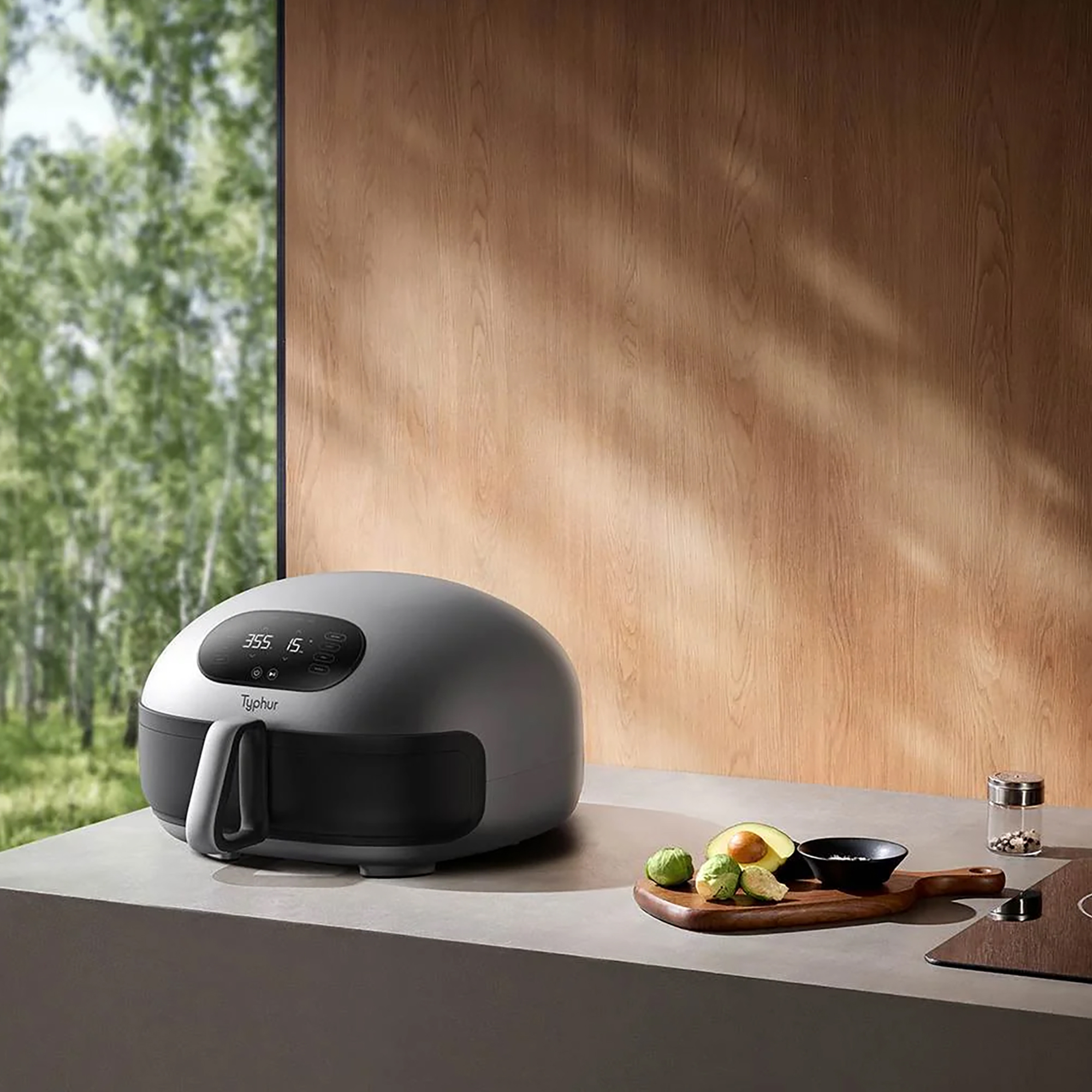 Typhur Dome 2 air fryer review – a glimpse into the future of air frying
Typhur Dome 2 air fryer review – a glimpse into the future of air fryingThe Typhur Dome 2 cooks food brilliantly and has all sorts of benefits, but is it worth the £499 price tag?
By Ellen Manning
-
 In creating their lush multi-use garden, the owners have cleverly futureproofed the space for years to come
In creating their lush multi-use garden, the owners have cleverly futureproofed the space for years to comeWith a zone for dining, a veg plot, a relaxing sun trap, and space for quiet contemplation
By Ginevra Benedetti
-
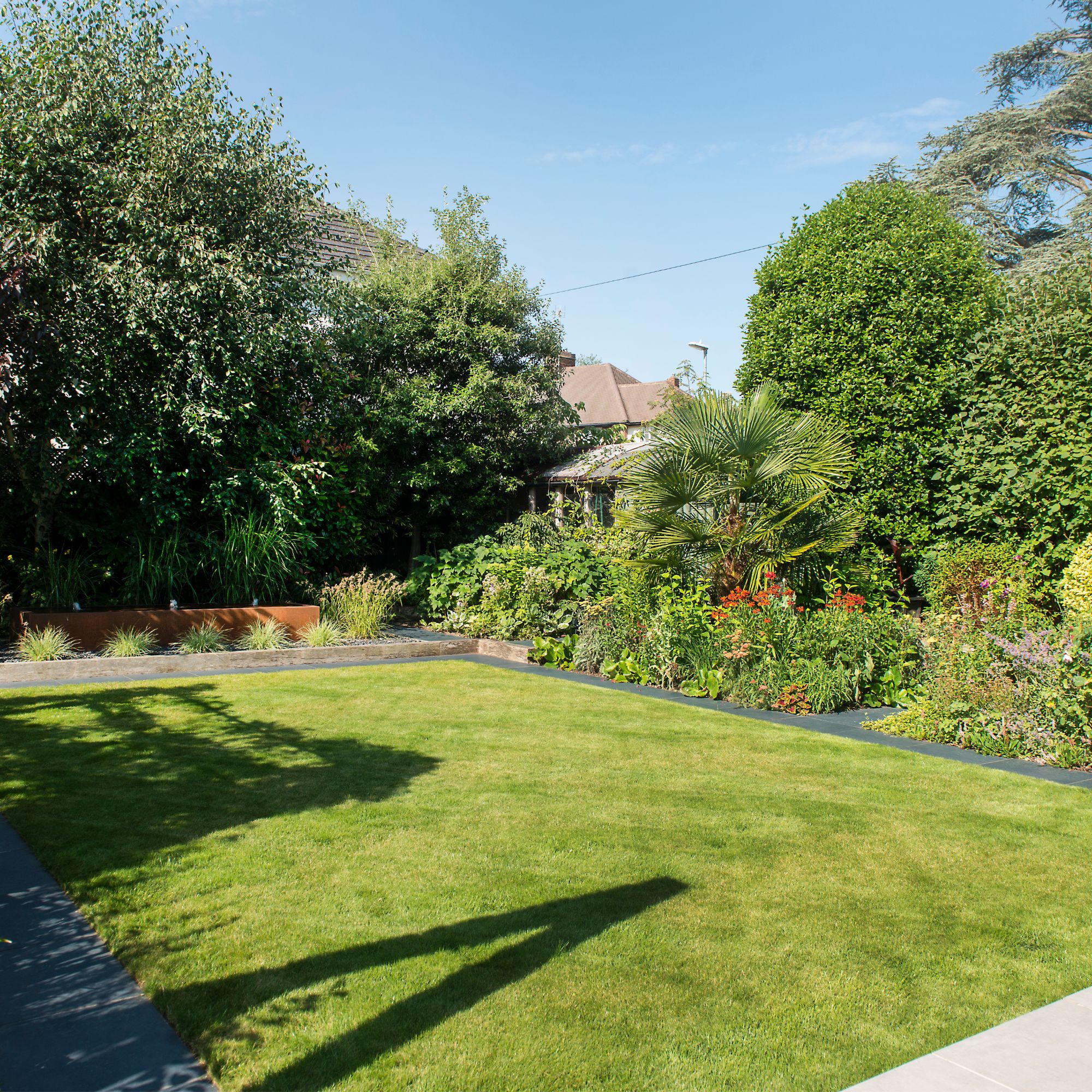 5 reasons why your grass seed isn’t growing and what you can do to help, according to garden experts
5 reasons why your grass seed isn’t growing and what you can do to help, according to garden expertsFor a lush, green lawn, you have to ensure the conditions are just right
By Kezia Reynolds
